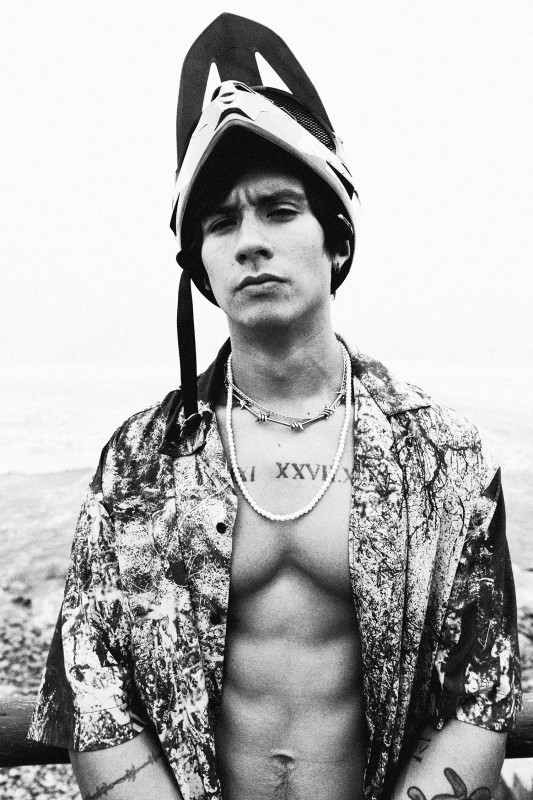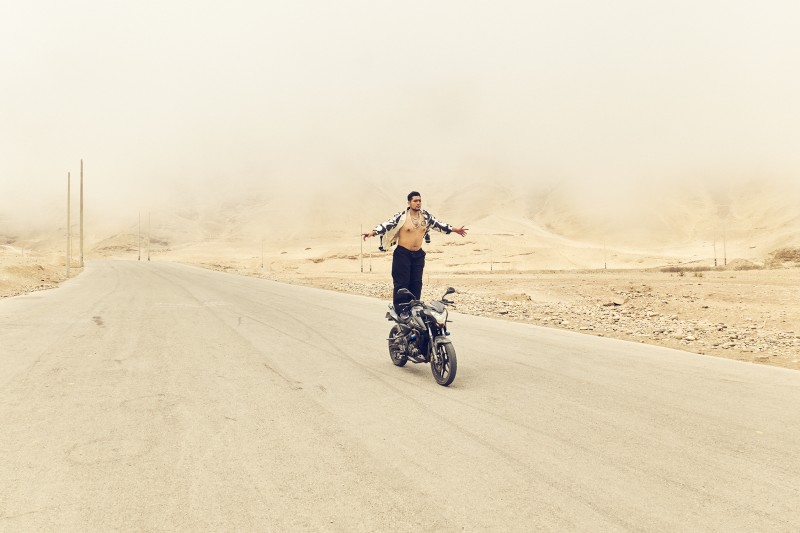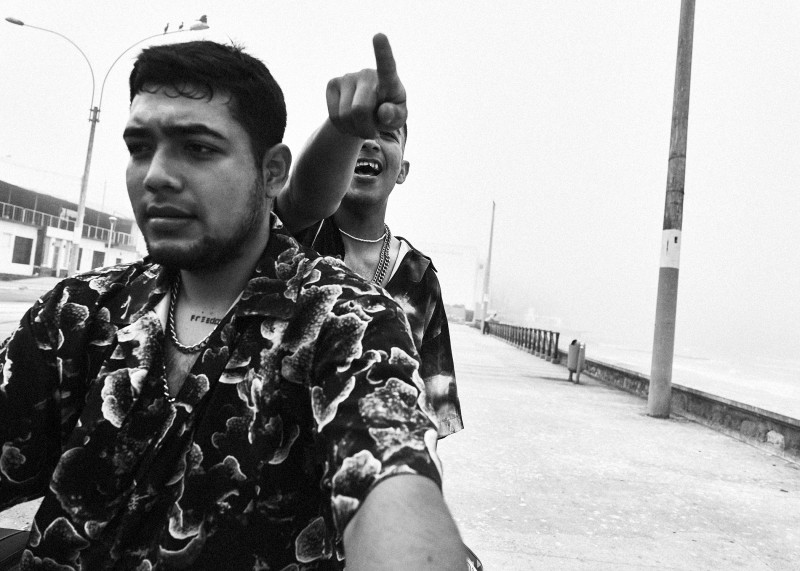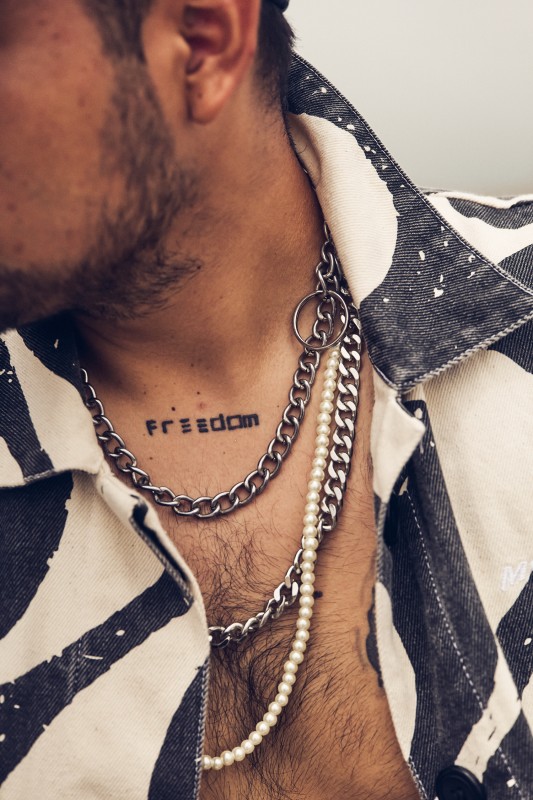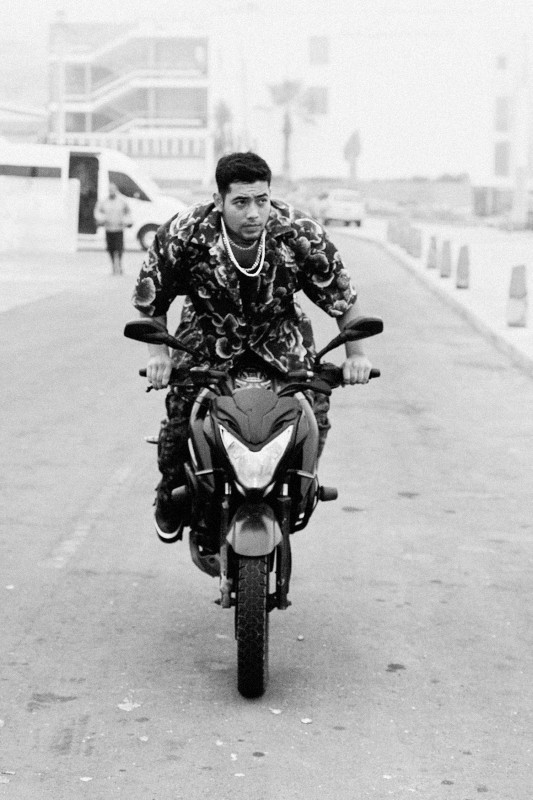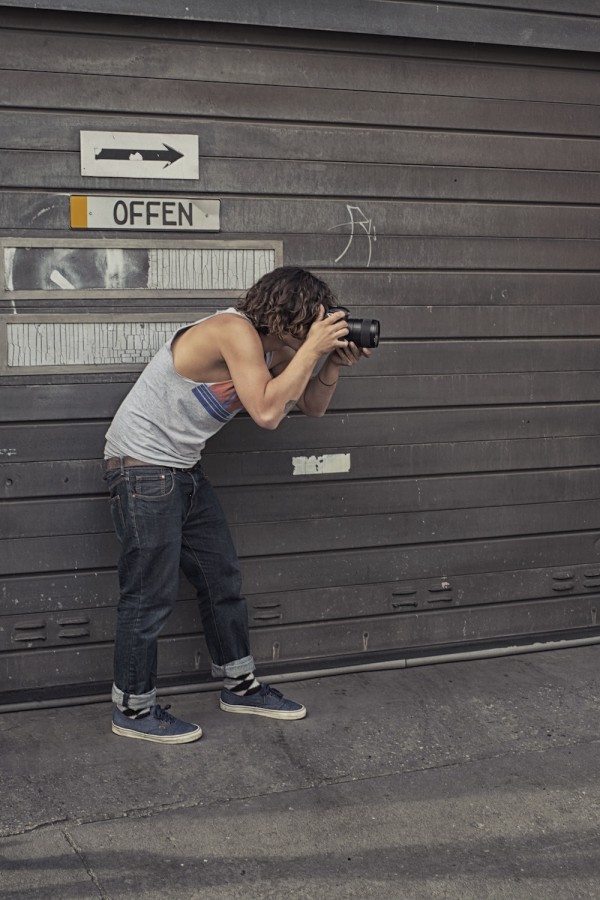Chicos del Morro
Chicos del Morro
Chris Rinke
February 6, 2024
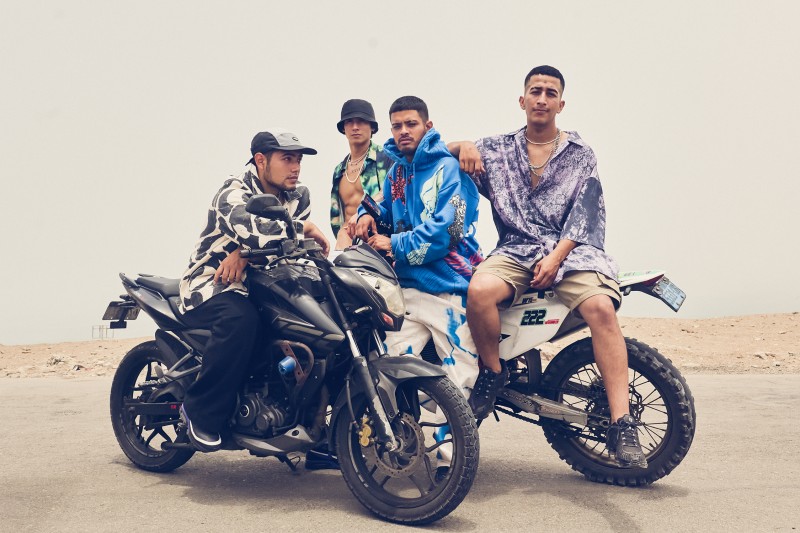
LFI: Please tell us something about the motorbike culture in Peru.
Chris Rinke: When the pandemic reached Peru, there was a need for small forms of merchandise transport, which caused a big increase in the sale of motorbikes with low cubic capacity (up to 200ccm). In 2020 and 2021, an average of 1,100 motorbikes were sold each day (45 per hour), which was really impressive. This led to a new motorbike culture in the capital city. Young people, who had formerly just been passengers, saw the work possibilities and the low prices involved. They began buying motorbikes (sometimes together with others) to start working, part or full time, as transporters. During their free time, they began going out in groups, exploring “abandoned” city districts, where they could learn and practice tricks.
Please explain the meaning of the title, Chicos del Morro, which means boys from the hill.
El Morro is not just any hill. In Lima, and even in the whole of Peru, El Morro stands for a very specific place. If you look for the word “hill” in Spanish, you'll find a different meaning. To be precise, in Lima, El Morro refers to a particular hill called El Morro Solar. A literal translation would be a bit confusing. I'd prefer to say that it's a place, a hill in Lima, officially known as Morro Solar.
How did the idea for the series come about?
I'd been working on a project about the motorbike subculture in Peru for a couple of years. One day, when I was talking about it with my friend Manolo Pérez de la Rosa, Art Director of the Morbo in Lima creative office, he suggested I check out these youngsters. We developed the story together as a kind of fashion reportage.
That's what the pictures show. To what degree are the pictures a fashion series, rather than a reportage?
Right from the beginning, the story was planned as a fashion reportage. We believe that the style these youngsters bring into this subculture is of great importance.
Where and when did you photograph the series?
In February, 2023, in Lima; or, more precisely, in a district called Chorrillos, an enigmatic and beautiful area by the sea, where lovely colonial houses still stand, though they are all gradually decaying. This is one of the last neighbourhoods unaffected by gentrification, directly by the sea in the city, where a listed heritage site called Morro Solar is located. That's where the name of the story comes from – a hill just made of sand and stones, but of historic significance for the city. It also offers a beautiful viewing point over the city of Lima.
Chris Rinke+-
Born in Berlin and grew up in Peru. He trained in photography in Hamburg, and worked as an assistant for Markus Pritzi, Stefan Heinrichs and Misha Taylor. His pictures have appeared in international magazines such as Nataal, Bully magazine, Dazed & Confused, Wonderland, Sports Illustrated, Rollacoaster, Solar, Fucking Young! and Naifs. Rinke lives in Portugal and works all over the world. More

